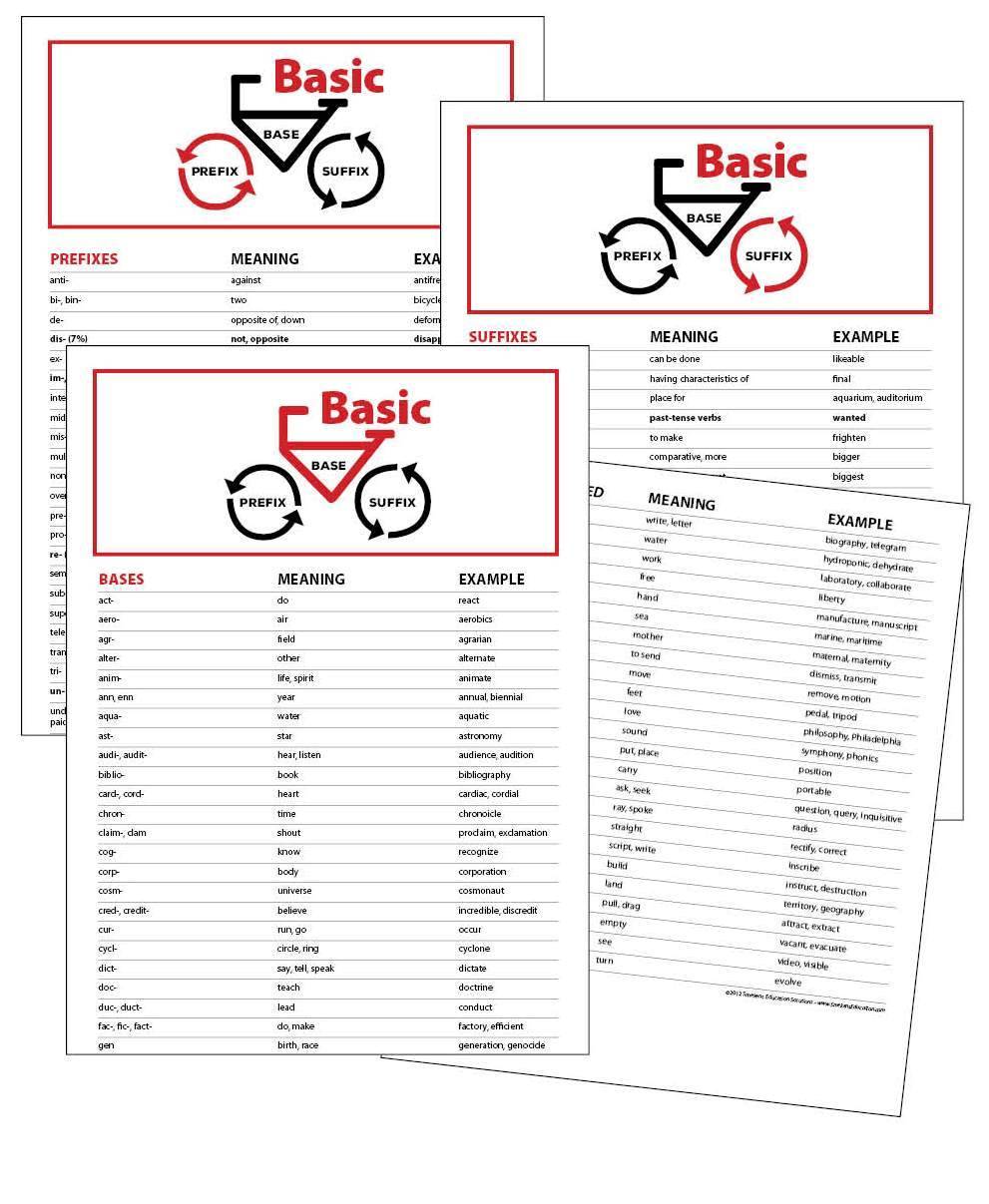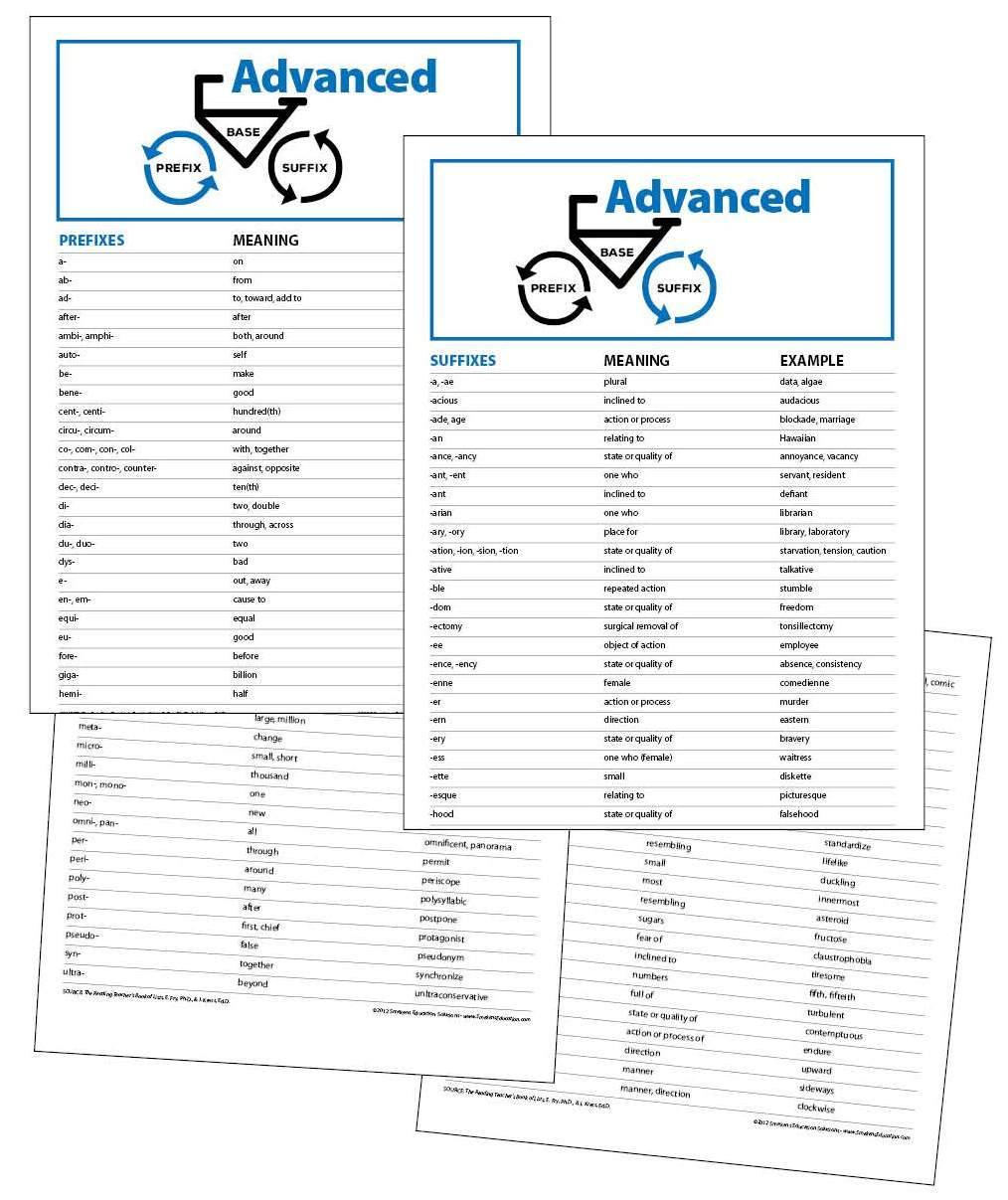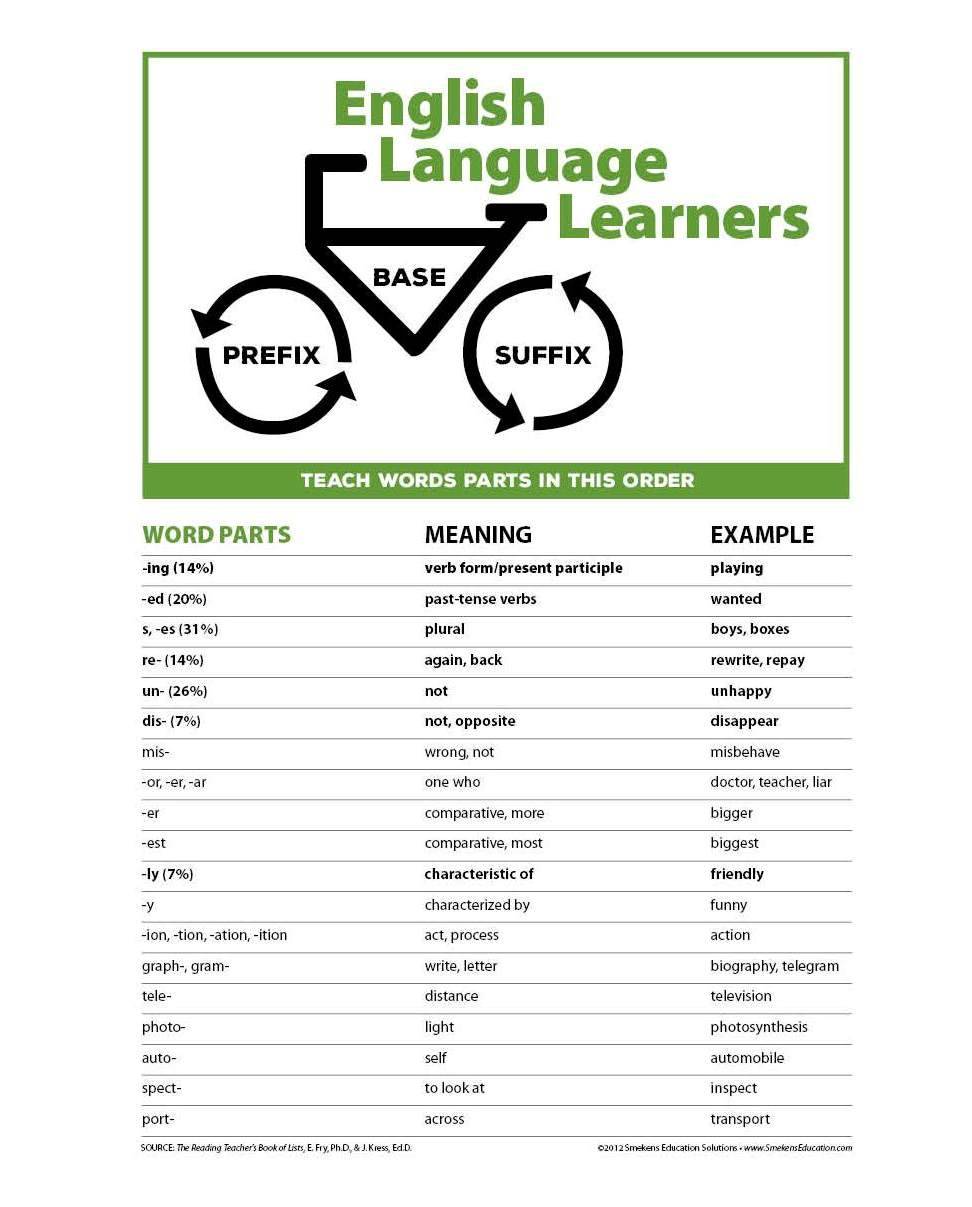Learning Center
reading
Take advantage of root-word instruction
September 17, 2018
Teaching students every word in the English language is impossible. But teaching students how words work leads students to unlock many other words.
Tim Rasinski, a leading expert in vocabulary and fluency instruction, explains the value of utilizing Latin and Greek roots. Direct instruction with roots (i.e., prefixes, suffixes, base words) maximizes what is known as the generative principle. Knowing the meaning of various word parts helps to unlock the meaning of many new and unfamiliar words.
In his article published in The Reading Teacher, Rasinski outlines the reason utilizing Latin and Greek roots in instruction works:
- 90% of English words having more than one syllable are Latin-based and the remaining 10% are Greek-based.
- Most academic words in English are Latin and Greek derivatives.
- A single Latin or Greek root (i.e., word part) can unlock the meaning of up to 30 English words.
- For many ELLs who speak Spanish, teaching Latin roots becomes a bridge to connect their native language to English.
If teachers identified 30 roots to introduce per grade level, then students’ vocabulary knowledge would grow exponentially. Considering that each root meaning unlocks up to 30 new words for a reader, then 30 roots per year increases students’ vocabulary by 900 words per school year. Compare that to teaching 10 individual words per week (for a total of 360 words a year).






